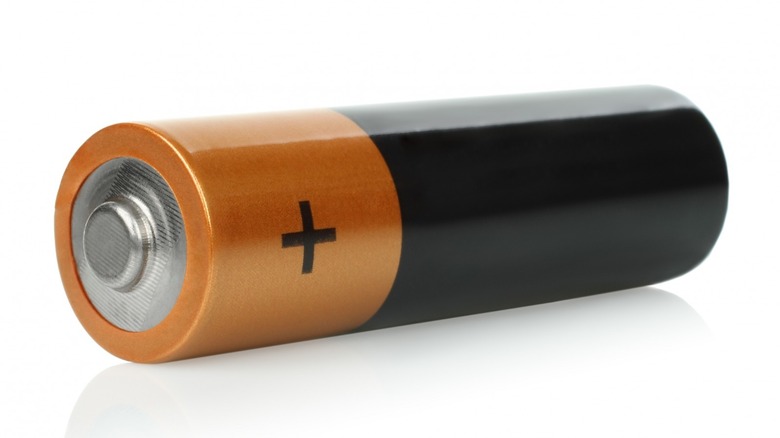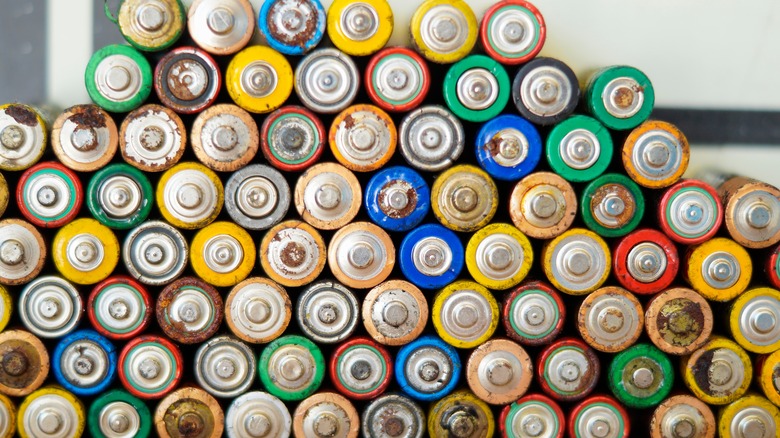Would You Eat A Completely Edible Battery – Because Scientists Developed One?
Parents spend a lot of time instructing their children to not put dangerous things in their mouths. If this applies to you, you better come up with an excuse for your little ones if you choose to chomp down this new battery. Designed to aid in the powering of internal medical devices, the dissolvable battery that can be safely consumed (per a 2023 research article). The battery, produced by the Italian Institute of Technology, uses a water-based solution for charging and discharging. Its positive end consists of riboflavin, while its negative end is made of quercetin. To make up additional essentials used in battery operation, it contains activated carbon, beeswax, edible gold, and nori algae, which you might recognize as a form of the underrated ingredient, seaweed. And yes, this means it won't be toxic if your wobbly toddler chooses to swallow one, (though it might not taste great).
This combination of "ingredients" allows the battery to provide 48 microamperes for 12 minutes or a lesser amount for over an hour. Using only 0.65 volts, it can effectively power small devices. According to the Institution's molecular electronics researcher Mario Caironi, the battery is being further improved to increase its potential. "Actually, we are already developing devices with greater capacity and reducing the overall size," he said. It's also not the first or the last thing to come from the edible electronic industry.
Edible electronics can aid medically and environmentally
Edible electronics as a whole have the potential to make significant changes in the medical field. According to the 2023 research article, such devices can help doctors monitor food quality, address gastrointestinal needs, and improve therapeutic methods. And batteries aren't the only progress this field has made — devices responsible for powering health monitors and heart-rate trackers have also found an edible replacement. These electronics, which are designed to sense strain, have been produced by University of Suffex scientists using water, graphene algae, seaweed, and rock salt, which is unlike sea salt.
Beyond being safe for human consumption, edible electronics are also a better choice for the environment. For example, batteries, as they stand, are considered toxic, reactive, and, non-biodegradable. Depending on the type, batteries may be made of silver, mercury, nickel, lithium, lead, cadmium, zinc, and manganese. As science works to improve edible batteries and create edible electronics, it could begin to positively impact the environment. That leaves one more question. If you had the chance to try an edible battery, would you?

